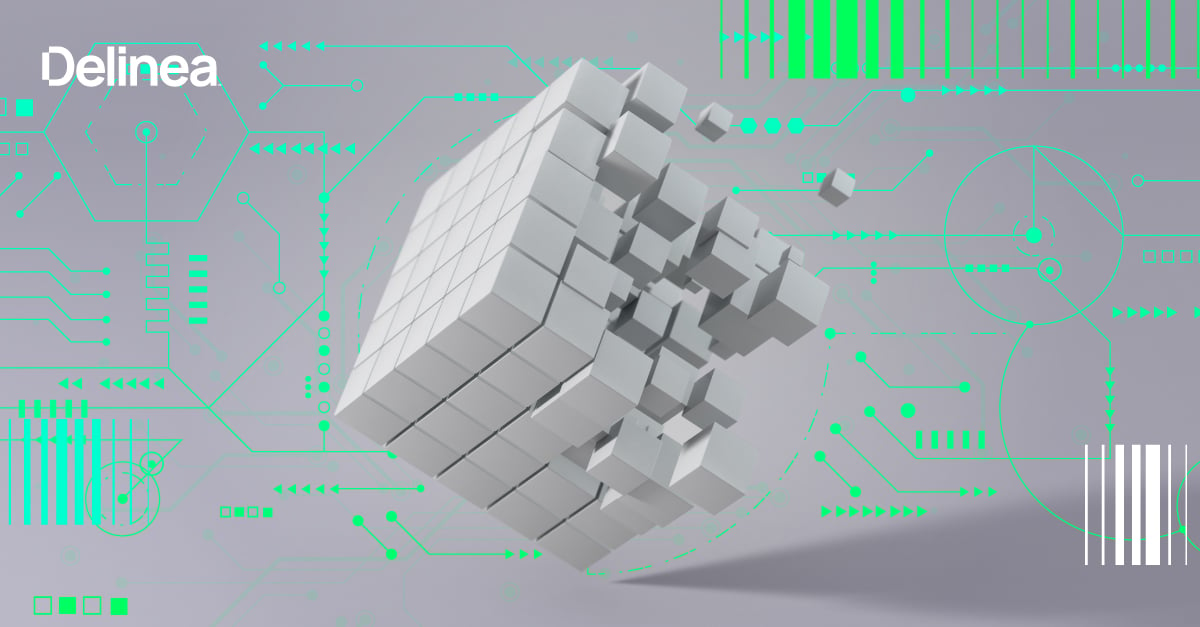Moving beyond authentication: Why organizations are strengthening security with PAM, IGA and AI adoption
The identity security landscape is constantly evolving to meet the shifting needs and challenges organizations face in safeguarding their critical assets and data. The focus of identity and access management (IAM) has traditionally skewed towards authentication mechanisms like multifactor authentication (MFA) and single sign-on (SSO). However, the current trajectory of technological advancements and threats dictates a shift towards a more holistic approach, emphasizing not just authentication but also authorization and identification.
The traditional focus and its evolution
Historically, the IAM framework was primarily concerned with ensuring that the right individuals could access the right resources at the right times and for the right reasons. This focus was predominantly on the "authentication" aspect, which is often visualized as the front door to an organization's assets. While MFA and SSO have been critical in fortifying this front door, they are merely the first line of defense.
Today, the cybersecurity community recognizes that securing an organization requires more than just authentication. Authorization and identification, which involve managing and monitoring who has access to what within a system—including Privileged Access Management (PAM) and Identity Governance and Administration (IGA)—are gaining increased attention. This shift is driven by the need to not just prevent unauthorized access, but also to ensure that authorized access is appropriate, compliant, and can be audited.
Why the focus on PAM and IGA?
The move toward PAM and IGA is a response to several evolving challenges and trends. Organizations are now dealing with increasingly complex IT environments, where cloud services, remote access, and mobile integration add layers of complexity to identity management. Furthermore, regulatory requirements and the need for compliance demand meticulous management of access rights and privileges. The benefits include:
Operational efficiency: PAM helps in managing privileged credentials with more granularity, which is crucial given that these accounts are often targeted by attackers due to their elevated access rights. Efficient PAM solutions reduce the attack surface and help quickly identify suspicious activities linked to privileged accounts.
Enhanced security posture: By implementing IGA, organizations can enforce and audit policies around user access, which helps comply with regulatory standards and enhances their security posture by minimizing the risk of insider threats and data breaches.
Scalability and flexibility: As organizations grow, so does the complexity of their IT environments. PAM and IGA provide frameworks that are not just robust but also scalable, accommodating the increasing number and types of users, devices, and applications.
The role of AI in advancing PAM and IGA
Artificial intelligence (AI) is poised to play a transformative role in the way organizations implement PAM and IGA. AI's capability to process vast amounts of data at incredible speeds presents a unique advantage in identifying patterns, anomalies, and potential threats that might elude human oversight. It also allows for:
Automated policy management: AI can help streamline the governance process by automating the creation, enforcement, and auditing of access policies, significantly reducing the manual overhead and minimizing the risk of human error.
Predictive analytics: By employing AI-driven analytics, organizations can anticipate and mitigate potential security threats before they materialize. This proactive approach is particularly beneficial in managing privileged access, where the stakes are exceptionally high.
Enhanced user behavior analytics (UBA): AI can analyze user behavior to detect anomalies that may indicate a potential security threat, such as a user accessing sensitive resources at unusual times or downloading large volumes of data.
Taking the next steps
As organizations continue to navigate the complexities of modern IT environments, the integration of PAM and IGA into their IAM strategies is not just beneficial but necessary. The adoption of AI technologies in this domain not only enhances the effectiveness of these strategies but also helps in managing the scale and complexity of modern enterprise environments.
To learn more about the strategic implementation of PAM, IGA and AI-driven technologies, download Why CISOs Must Prioritize a Strong Identity Security Strategy—and Where to Start.



